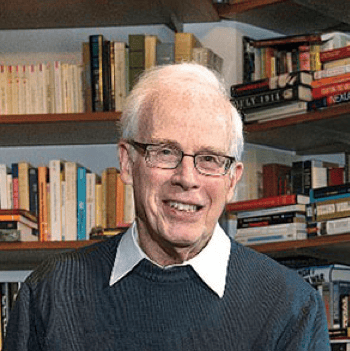Response to “New Historical Society Formed”
I’ll try to respond to your inquiries, but in general rather than sequentially. I am an agnostic about the value of the new Association. Clearly it cannot replace—nor does it aspire to—the many professional functions of the AHA. These include representing highly diverse occupational constituencies, attempting to run a large and complicated labor exchange, organizing an annual conference, and defending the public needs of historians with respect to archives or budgets for public history, etc. But it seems to me that precisely that the manifold functions which the AHA must take on tend to dilute some of the intellectual impact of the Association, with the consequence that the exchange of ideas and research takes place more prominently within the more specialized associations. I would certainly exempt the American Historical Review from this critique, for I think it has done a remarkable job in recent years of canvassing many specialized topics of general interest.
However, if the AHA general meeting and the AHR are the Association’s two forums for intellectual exchange, I think the Journal has been more successful than the yearly meeting. I imagine that some of the motivation for the new association is a reaction to the self-image of the discipline derived from the catalogue of the annual meeting, which give the impression not just of constant innovation, but of a bazaar in which newer specializations—often cloned in many specialized case studies—not merely appear alongside, but swamp older inquiries. Granted this may be a careless reading. Still, what a critic of totalitarian language such as Klemperer or Milosz might have dubbed “Raclage” (Race-class-gender) seems to have achieved a certain mantra-like status, although, of course, the first two variables have been fundamental for historiography over more than a century (and in the case of class since antiquity), and are hardly bold new categories. On the other hand, it is also hardly the case that issues such as war and diplomacy have disappeared from the AHA agenda. Have the newer specializations overwhelmed the more traditional ones in terms of advertised positions? It might be valuable to have a reliable count in this regard, for this, too, is one of the perceptions that may animate the new association.
Perhaps members of the new association are also preoccupied (I am in any case) by the conviction that despite whatever personal background motivations bring us into history, ultimately the discipline should serve as a force against group self-obsessiveness, whatever the group. I share a concern that the AHA meetings as constituted sometimes encourage rather than overcome such parochialism. “Identity” history can become limiting history—although I recognize that many of the older inquiries were implicitly self-referential.
Part of the problem, too, is that the program has become so stratified: it is overwhelmingly young historians who give substantive papers while senior scholars chair or comment and speak at luncheons. Fair enough: younger scholars need the forum; but perhaps the programs should actively recruit mid-career or older historians to present substantial issue-oriented papers and research. Also, sessions that announce themselves as tackling general issues sometimes just comprise a pair or trio of case studies with no cohesion. One speaker at least should survey the field announced—and not just in a ten-minute comment at the end. The program committee might construct the sessions more actively to assure such an outcome. It might organize more sessions around single programmatic papers by senior scholars. And for every topic that involves identity politics there should be a topic that involves inter-group comparison.
I don’t believe we need a “secession” Confederate style, but a “Sezession” Austrian style should not be feared. Still, it would be best if the AHA, like the profession more generally, remained manifestly hospitable to the big inquiries about power and liberty, force and constraint, equality and hierarchy, war and peace, culture and belief, and, yes, family, intimacy, and play that brought so many of us into history.

